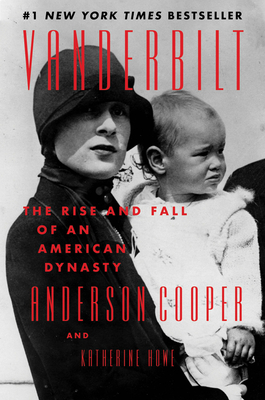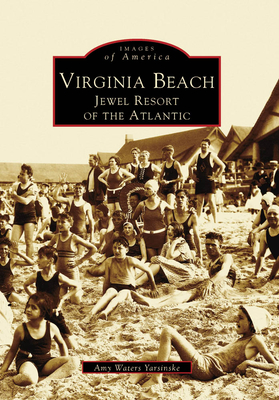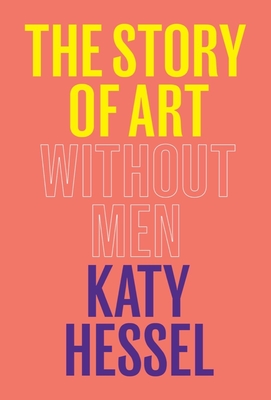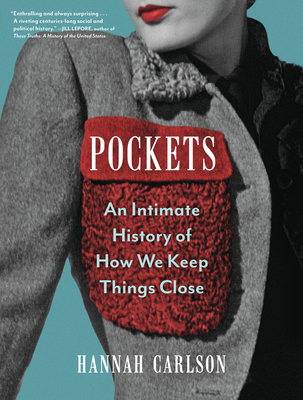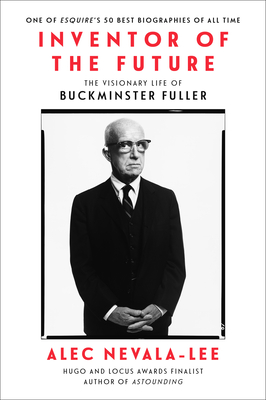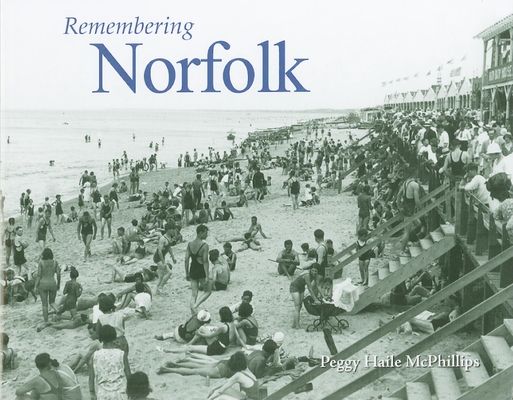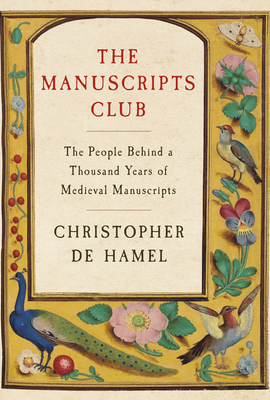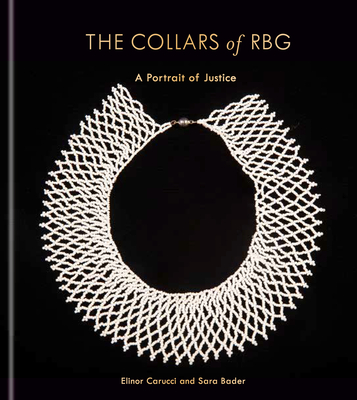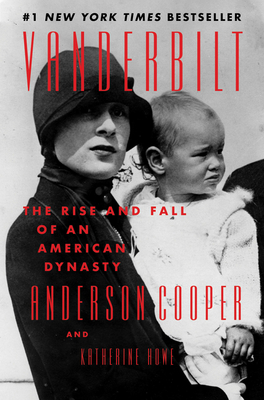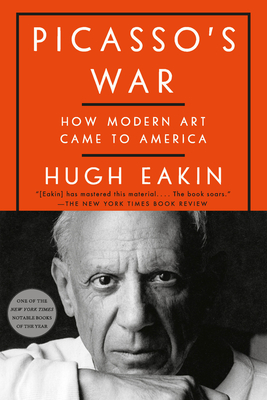
Designing Tito's Capital: Urban Planning, Modernism, and Socialism in Belgrade (Culture Politics & the Built Environment)
Description
The devastation of World War II left the Yugoslavian capital of Belgrade in ruins. Communist Party leader Josip Broz Tito saw this as a golden opportunity to recreate the city through his own vision of socialism. In Designing Tito’s Capital, Brigitte Le Normand analyzes the unprecedented planning process called for by the new leader, and the determination of planners to create an urban environment that would benefit all citizens.
Led first by architect Nikola Dobrovic and later by Miloš Somborski, planners blended the predominant school of European modernism and the socialist principles of efficient construction and space usage to produce a model for housing, green space, and working environments for the masses. A major influence was modernist Le Corbusier and his Athens Charter published in 1943, which called for the total reconstruction of European cities, transforming them into compact and verdant vertical cities unfettered by slumlords, private interests, and traffic congestion. As Yugoslavia transitioned toward self-management and market socialism, the functionalist district of New Belgrade and its modern living were lauded as the model city of socialist man.
The glow of the utopian ideal would fade by the 1960s, when market socialism had raised expectations for living standards and the government was eager for inhabitants to finance their own housing. By 1972, a new master plan emerged under Aleksandar Ðordevic, fashioned with the assistance of American experts. Espousing current theories about systems and rational process planning and using cutting edge computer technology, the new plan left behind the dream for a functionalist Belgrade and instead focused on managing growth trends. While the public resisted aspects of the new planning approach that seemed contrary to socialist values, it embraced the idea of a decentralized city connected by mass transit.
Through extensive archival research and personal interviews with participants in the planning process, Le Normand’s comprehensive study documents the evolution of ‘New Belgrade’ and its adoption and ultimate rejection of modernist principles, while also situating it within larger continental and global contexts of politics, economics, and urban planning.
Praise for Designing Tito's Capital: Urban Planning, Modernism, and Socialism in Belgrade (Culture Politics & the Built Environment)
“An excellent and important study of urban planing in postwar Yugoslavia. This superb book tells us that more needs to be written about the relationship of eastern and western planning, which will, I suspect, force us to revisit conventional narratives of the Cold War.”
—Slavic Review
“A must-read for anyone interested in the complexity of industrial modernity and its interplay with architecture and city planning. The book will be very useful to urban and architectural historians in its thoughtful analysis of the application of the principles of the 1934 Athens Charter to Yugoslav socialist conditions . . . Area scholars of Central/Eastern Europe will find it engaging because it advances understanding of the unique political conditions and intellectual debates that made Yugoslavia the Eastern Bloc social and economic miracle that it once was. Sociologists and anthropologists will learn much about the intricacies of everyday life in a large International Style community of the type that sprang around the large cities across the world at the time.”
—Canadian Slavonic Papers
“A valuable and very detailed piece of research, which will be a good reference for anyone researching postwar Belgrade in such disciplines as history, architectural history, and the history of urban planning, as well as background for urban sociology-oriented research. Scholars in cultural studies, sociology, and urban planning will also find it useful for comparative or in-depth exploration.”
—H-Net Reviews
"Le Normand's book is based on impressive research into Yugoslav primary sources, and it represents an important addition to a growing body of literature on socialist Yugoslavia."
—Journal of Modern History
“Making a welcome return to the original focus of urban history, Le Normand’s study takes us through the planning debates and processes that sought to transform Belgrade into a modern European city after the Second World War. It tracks the planners’ surprising transition from an avowedly socialist, centralized, Soviet-style model—to a decentralized, market-driven approach informed by the American experience.”
—John R. Lampe, University of Maryland
"Designing Tito's Capital represents a great contribution to the understanding of urban planning in socialist states which does not fail to deeply consider also wider social and political aspects."
—Southeastern Europe
“A razor-sharp analysis of how socialism and modernism intertwined in postwar Eastern Europe. Le Normand has written a smart, incisive history of modern design and planning in a little known capital city.”
—Rosemary Wakeman, Fordham University
Designing Tito's Capital represents a great contribution to the understanding of urban planning in socialist states which does not fail to deeply consider also wider social and political aspects.
—Southeastern Europe




